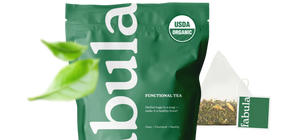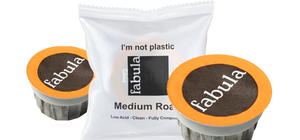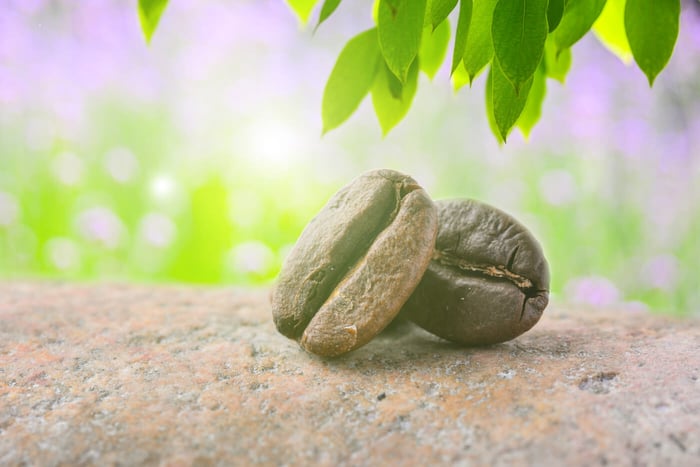From Plant to Cup...
When it comes to coffee, the brewing is only half the battle. The quality and process of the beans can have just as much of an impact on flavors as any technique employed during final preparation. To understand why some coffees taste different than others, even with the same beans, we must first look at how they are processed before they even reach our kitchens. Welcome inside the engine room of coffee processing!
Coffee beans come from within a bright red fruit called a “coffee cherry” (no, coffee beans are actually not beans!), which grows on trees in tropical climates around the world. After harvesting, the processing method has a huge effect on flavor, texture and acidity levels. This article will go over three main methods for how coffee is processed, all yielding different flavors and characteristics when brewed correctly:
- Natural processed coffee
- Washed processed coffee
- Honey processed coffee

Natural Processed Coffee
The natural process is often referred to as dry or unwashed because it involves drying out the entire coffee cherry with its skin still intact until ready for roasting. This type of processing requires very little water usage compared to other methods which makes it attractive for farms located in drier regions where resources may be scarce or hard to come by.
It also allows farmers more control over ripening times since cherries aren't immediately removed from their branches like with other techniques (such as washing or pulping machines that take off outer layers quickly without allowing them to fully mature first). Natural processed coffees tend to have heavier bodies mainly due to the content of mucilage - the sticky substance found inside each individual bean - remains attached throughout this whole procedure adding sweetness while enhancing overall body weight once brewed correctly into your favorite hot beverage.

Washed Processed Coffee
This method involves removing both pulp (outer layer) and parchment (inner husk) from each individual cherry prior to drying out its seed/bean underneath. Farmers use either mechanical 'demucilagers' or fermentation tanks filled with water.
Washed coffees tend towards brighter profiles, making them perfect for those who love light, vibrant and clear notes when drinking their morning cup o' joe. Many believe this technique yields cleaner-tasting cups thanks to its lack of direct contact between skins, pulp & seeds. This implies 'less time spent waiting around' for the beans, which means more time picking up desired nuances right away. It's important to note that this also depends on the varietal being grown, since some naturally produce sweeter profiles.

Honey Processed Coffee
Honey-processed coffee falls somewhere between natural and washed types, taking advantage of both worlds by keeping most aromatics intact while minimizing potential sourness associated typically with the naturals-only procedures.
As suggested already in the name, this particular approach entails coating cherries lightly with 'honey' consisting of sugars and floral essences produced directly by the tree. It is then left exposed in the sun until the moisture content drops to a low enough point, where the seeds can be safely separated away from the remaining parts of skin and pulp easily.
The overall result of honey processed coffee should be slightly sweet yet balanced with a juicy fruitiness with a lighter-bodied brew, again also depending on the varietals used.
-----------
Thanks much, I appreciate y'all reading through my lil' blog post today. I hope you enjoyed learning a bit more about the differences between various ways beans get prepped and ultimately reach the end destination inside your mug each morning, cheers everybody!!
Check out our Fabula Bestsellers here!





